Adjust the body shape using light and shadows
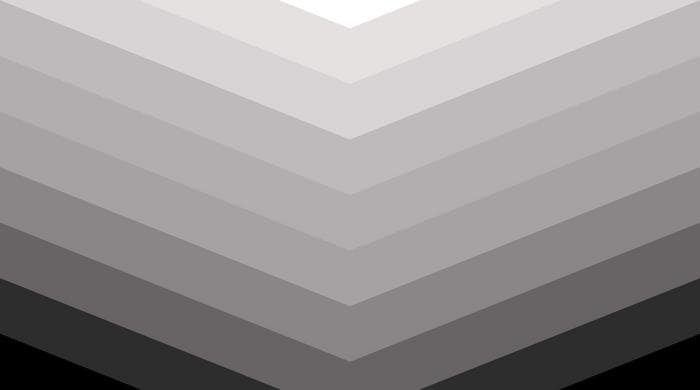
In the picture, the footprint seems to be bulging upward, doesn’t it?
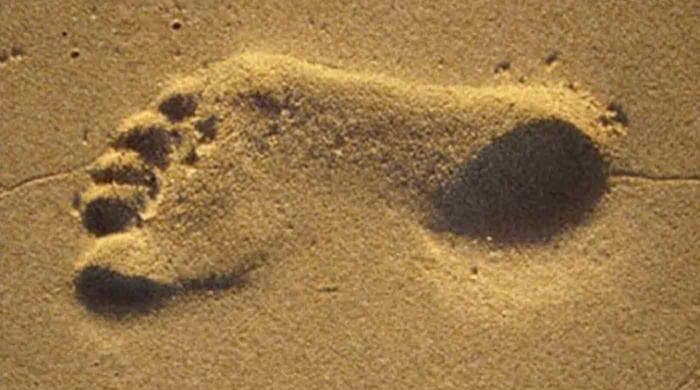
Reflecting the image vertically gives the opposite result.
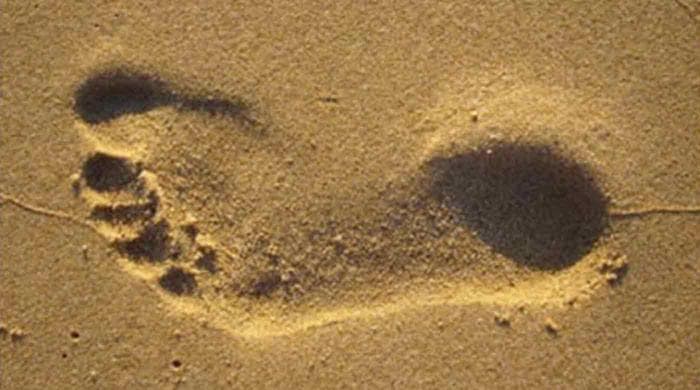
How does it work?
When evaluating an image, our brain expects illumination to appear from top to bottom. Therefore, higher areas should be lighter, and lower areas darker. What is conventionally referred to as the overhead illumination hypothesis.
By darkening projections and brightening indentations, we visually make them appear lower or higher, respectively.1
Brighten the top, darken the bottom
Try to find clothing colors with a brighter top and a darker bottom. In this case, an overall effect of lightness and elongation is observed.
It’s better to maintain a monochromatic color scheme without strong contrasts.2
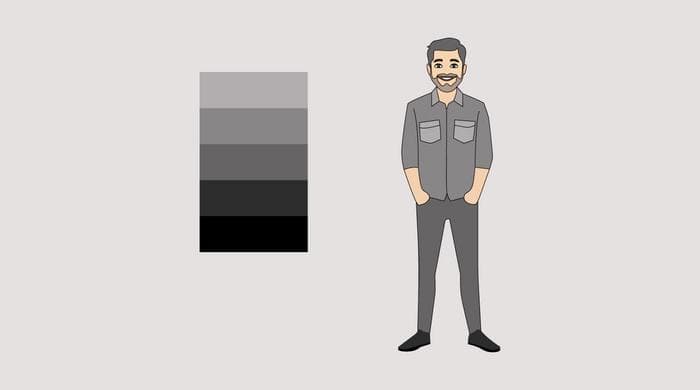
Likely, a dress pattern below will have a similar effect.
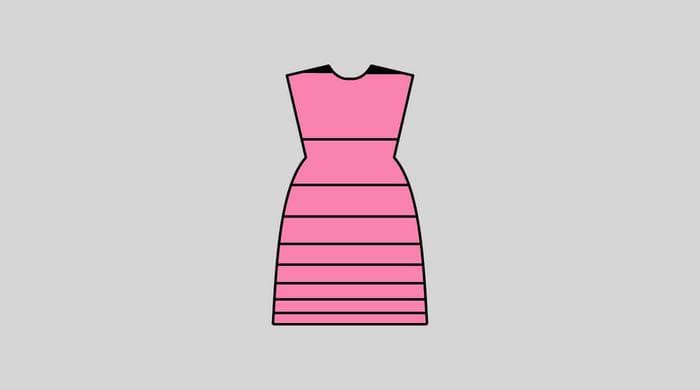
Swap light and shadow
Swap light and shadow in the areas you want to make longer or shorter, for example, using cosmetics.
In one study, scientists used this technique to balance facial symmetry in patients with facial paralysis.3
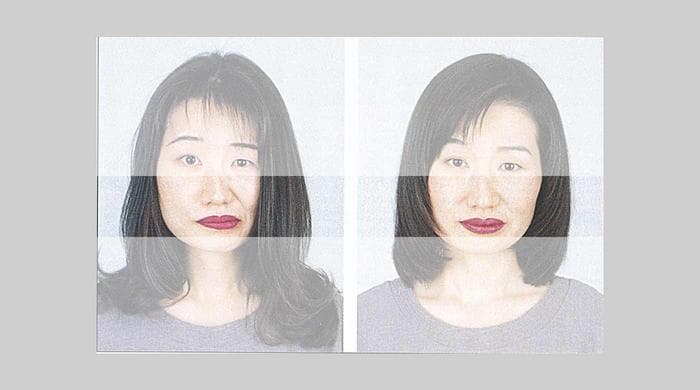
In patient I, only one sulcus nasolabialis was clearly defined. Therefore, we applied a bright color to the well-defined sulcus nasolabialis and, contralaterally, where no sulcus nasolabialis was visible, we applied a brown line with a pencil followed by shading with a brush (Kanzaki et al., 1998).
To narrow and lengthen a full face, you can darken the sides and lighten the center.
Different people will have different goals, but the principle remains the same:
- Small and concave areas expand and elongate by brightening them.
- Large and convex areas decrease by shading them.
-
Murray, Richard F; Adams, Wendy J (2019). Visual perception and natural illumination. Current Opinion in Behavioral Sciences, 30(), 48–54. doi:10.1016/j.cobeha.2019.06.001 ↩
-
Lee, Michael P., EXPLORING ILLUSIONS OF HEIGHT IN SUIT DESIGN (2018). Theses and Dissertations–Psychology. 134. https://uknowledge.uky.edu/psychology_etds/134 ↩
-
Kanzaki J, Ohshiro K, Abe T. Effect of Corrective Make-Up Training on Patients with Facial Nerve Paralysis. Ear, Nose & Throat Journal. 1998;77(4):270-274. doi:10.1177/014556139807700408 ↩
Posted on
Last edited on
